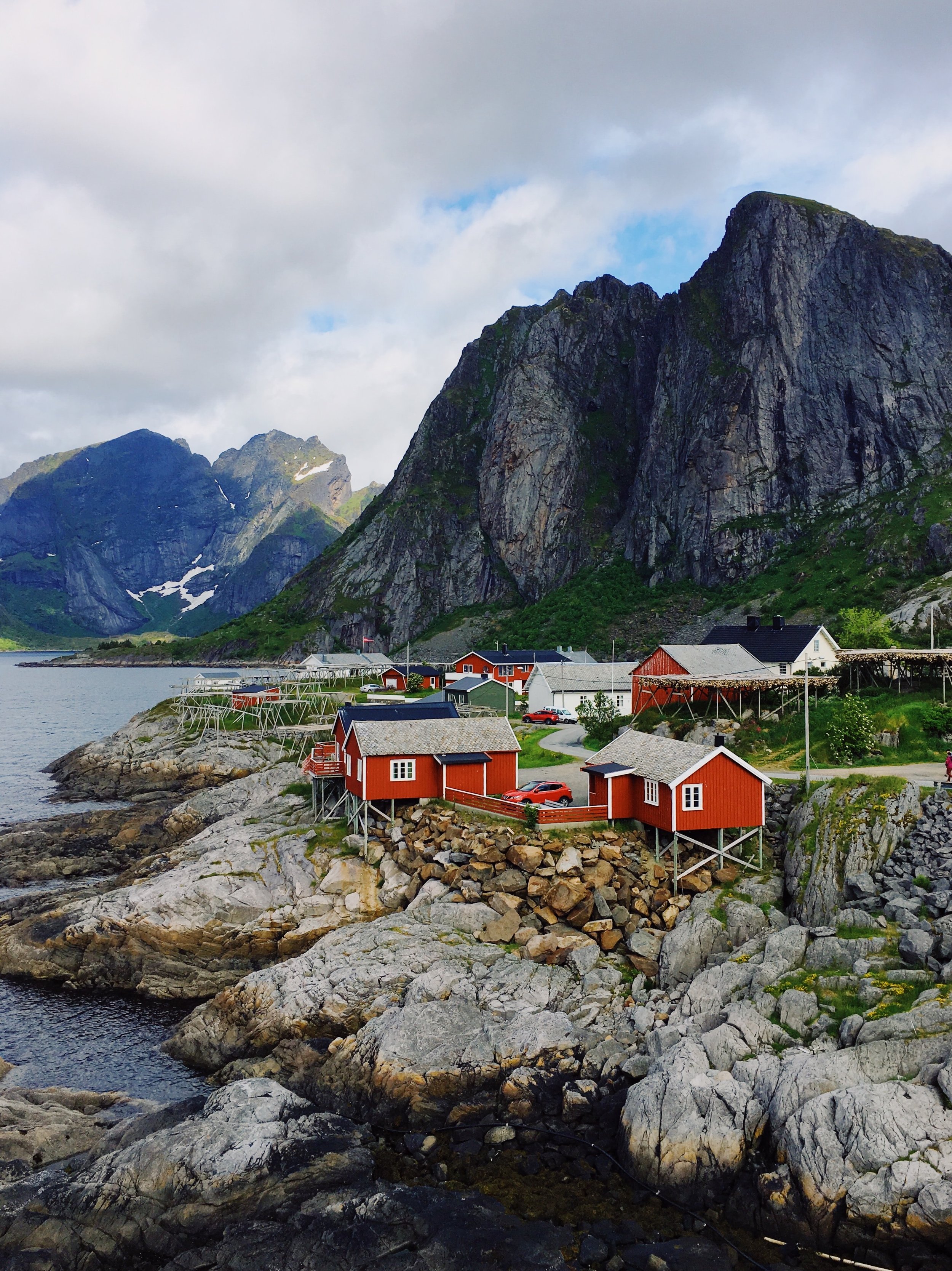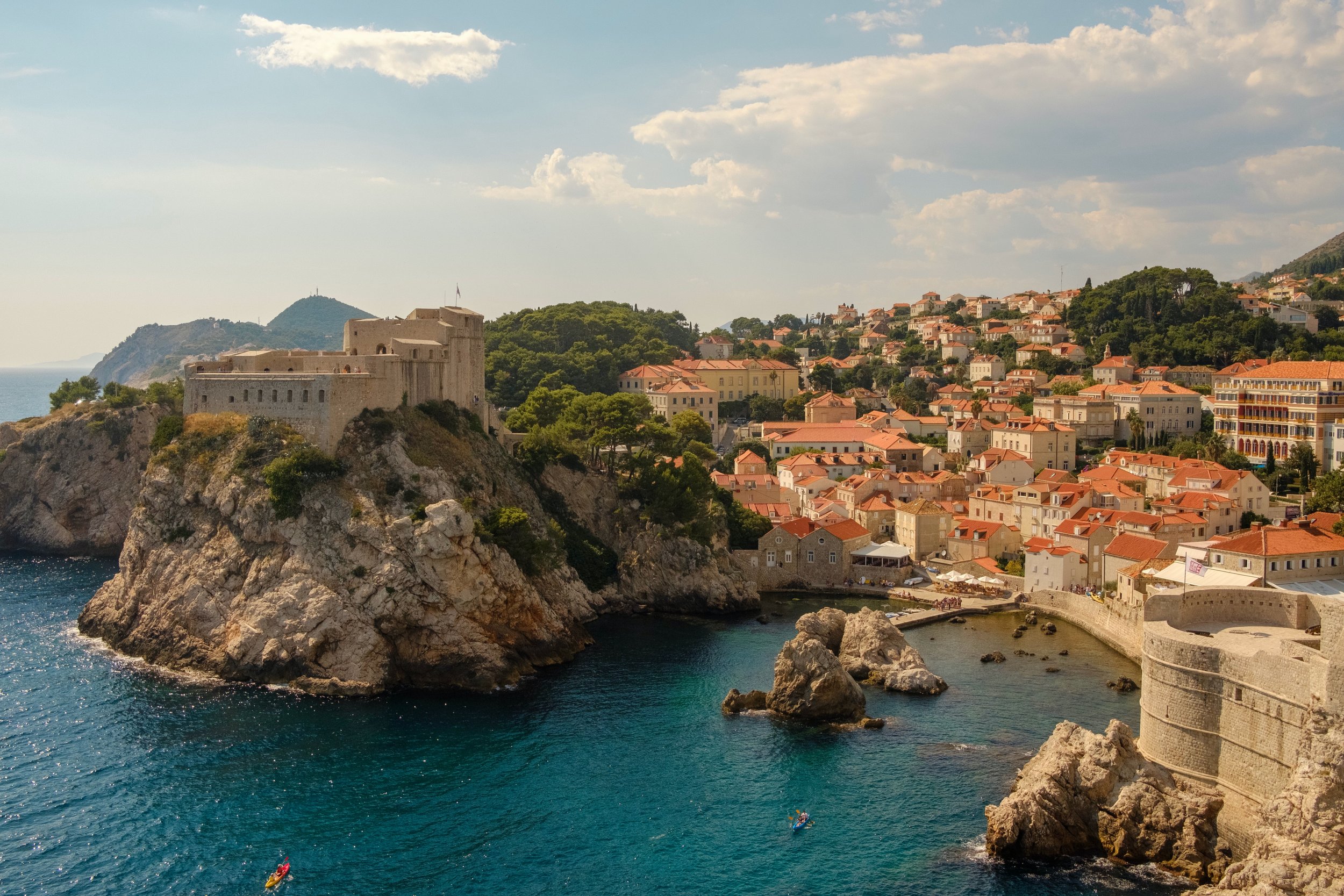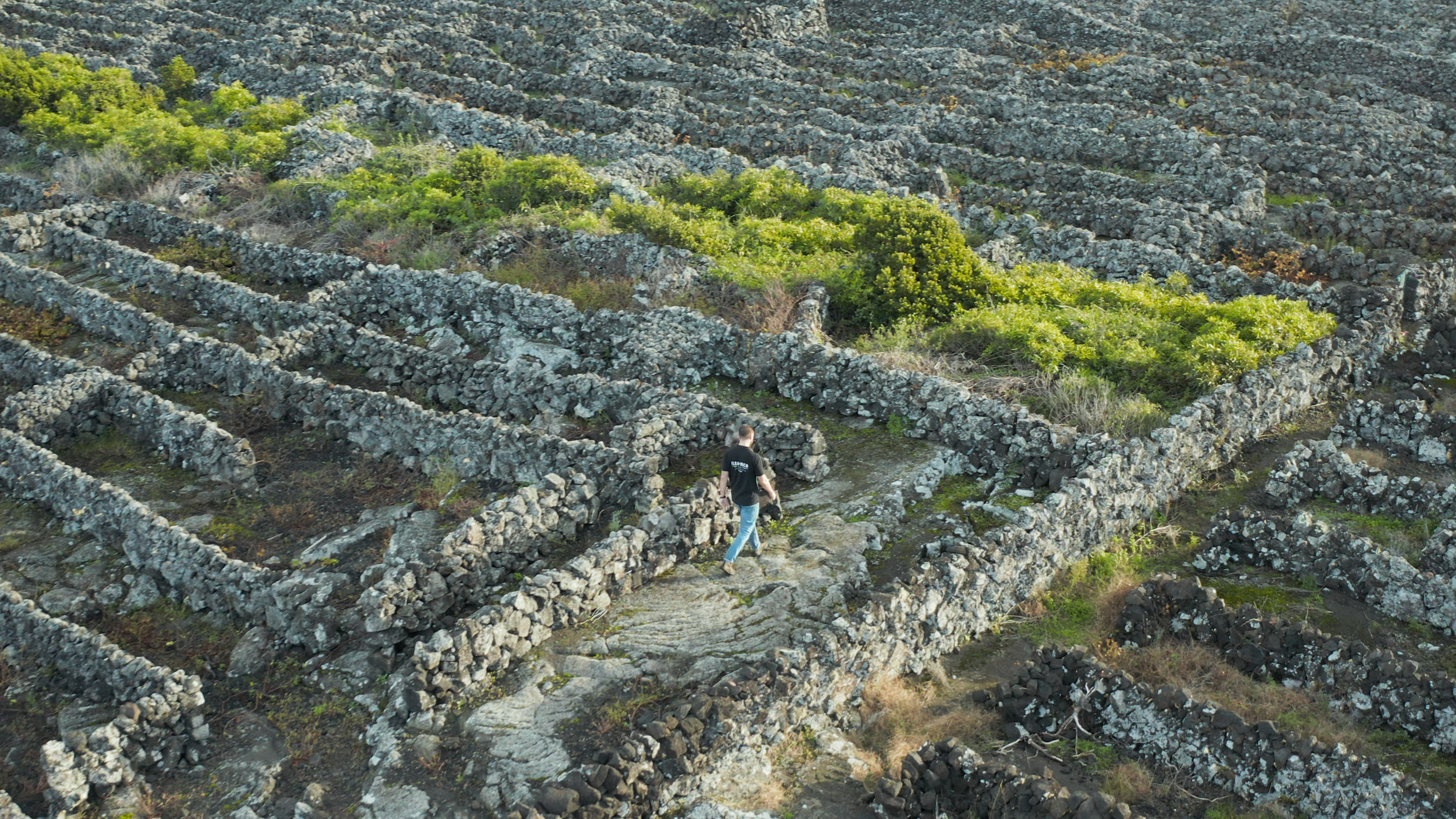The Growth Of Sustainable Tourism In Europe: Norway, Switzerland, Croatia
Tourism is one of the largest industries in the world and is responsible for close to 10% of the world's GDP–which equates to around 9 trillion dollars annually. That’s a lot of money, especially for nations that need their tourism dollars to survive.
Tourism, as you probably know, can have devastating effects on people and the environment. However, it can also do the exact opposite and actually help communities and the planet thrive. And, good news – we are continuing to see more and more examples of the latter.
There has been a huge shift in recent years in tourist behavior. For example, instead of a pre-packaged beach holiday, travelers are increasingly seeking out authentic cultural experiences with minimal (or even zero!) environmental and social consequences.
This phenomenon has led to a rise in sustainable tourism, especially in Europe, as the operators and governments slowly recognize their need to adapt to create an industry that will support local communities for years to come–or risk getting left behind.
Let’s take a deeper look at how sustainable tourism is growing in Europe–including which countries are leading the way and how they’re doing it.
How Is Sustainable Tourism Growing In Europe?
Eco-tourism has been around for years. We have all heard or read about it, and most of us have probably stayed in an “eco resort” at some point. But, was it ever taken seriously?
To be honest, not really. But things have started to change.
The age-old battle of profit vs. sustainability is beginning to seep into the marketplace more and more. Consumers are looking for sustainable travel experiences that promote the five pillars of sustainable tourism across environmental and social sectors. These pillars include economic stability, carbon neutrality, the preservation of wildlife and biodiversity, the protection and promotion of cultural heritage, social accessibility, and human rights.
European governments and tourist providers are recognizing that they need to mold the tourism industry into one that promotes authentic experiences while also protecting the environment and the workers.
So, which nations are spearheading this project?
Norway, Switzerland, and Croatia are ahead of the game when it comes to sustainable tourism, with the Azores taking it seriously, too!
Norway’s Approach To Sustainable Tourism
Norway is one of the most stunning countries on earth. From its beautiful Fjords to the amazing Lofoten Islands, forests, rivers, and mountain ranges, it is a place of beauty that has to be seen to be believed.
So it isn’t surprising that the tourism industry has been growing consistently in Norway, as people from around the world flock to see its natural wonders.
The Norwegian government was quick to recognize that, while more tourism provides countless opportunities, it also comes with risks. Environmental damage, increased carbon emissions, and disruptions to cultural heritage and local communities were top of the list.
To help the Norwegian Tourism Industry become more sustainable, Innovation Norway created a certification scheme in 2013 called the Sustainable Destination Certification, which is now a globally recognized standard by the Global Sustainable Tourism Council.
To receive the Sustainable Destination Certification, a destination has to meet certain criteria over two years, such as demonstrated efforts to preserve nature and culture, economic stability, and much more. Other key considerations include waste management, carbon emissions, integration of local culture, and use of local resources.
This accreditation system has seen a huge rise in sustainable tourism practices in Norway, and today 11 regions of Norway hold the Sustainable Destination Certification–which is an incredible feat! .
Switzerland Has Been Leading The Way For Years
Switzerland is one of the world leaders in sustainable tourism–in fact, the country is currently number one on the Environmental Performance Index.
Interestingly enough, their incredible achievements in sustainability come from their infrastructure, culture, and their “Swissstainable” sustainability program. This unique program aims to promote the enjoyment of nature, the sourcing of local products, and the promotion of authentic cultural experiences–all in an aim for visitors to have more immersive experiences.
This program is underpinned by the country’s sustainable infrastructure. There isn’t anywhere you can’t go with public transport in Switzerland. Everyone uses it, which limits the country’s emissions. In fact, car-free towns are rife across Switzerland, which promotes the idea of “zero emissions” more and more.
The Swiss are also some of the best at recycling, reducing, and reusing, too, and their tourism industry follows these practices to the letter. Add in the unparalleled access to nature through soft activities, like biking, hiking, and skiing, (which have zero emissions and low environmental impacts), and you can see why Switzerland is so good at sustainability.
Switzerland’s tourism is all about health, too. From its spas to mineral hot springs, water quality, food, and even the air (breathe it in–it’s clean!). You can drink the water from any tap and even swim in lakes surrounded by huge cities - they are that pure!
Croatia’s Plan
Croatia’s tourism industry has seen huge growth over the last 10 years. In order to manage this growth in a sustainable way, the country has created a Sustainable Tourism Development Strategy to follow up to 2030.
The strategy was created by 2,850 people, including stakeholders in both the tourism industry and government.
The plan’s aim is to promote more innovative tourism offerings through cultural experiences, local sourcing, and environmental preservation. All great shifts towards sustainability!
Croatia also aims to create year-round tourism in an effort to promote economic stability and to balance out its seasonal highs which create a lot of stress on the environment and communities. Promotion of tourism inland and away from the coastline is also a part of this effort.
The government also wants to set standards through laws and frameworks to ensure the industry complies to certain environmental, climate, social, and cultural standards.
The Azores Is Leading The Way For Portugal
The stunning islands of the Azores are one of the most unique environments in Europe. From volcanoes to mountains that dive into a spectacular coastline, it is a magical place that has had a sustainable culture for centuries.
GLP is helping The Azores tell its story of how the islands are promoting sustainable tourism inline with the UNSDGs/2030 goals to improve life for the local residents and to preserve their culture and environment.
Tourism Is Changing
The shift in the tourism industry to more sustainable practices is becoming more and more apparent, as is showcased by the examples set by Norway, Croatia, Switzerland, and the Azores.
It is a very promising change, and what makes it so special is that we, the consumers, are driving it. So let’s keep going!
About GLP Films
GLP Films (GLP) is an award-winning, full-service content marketing agency that empowers brands to accelerate growth, positive impact, and sustainability through strategic storytelling. Since 2008 GLP has been telling local stories globally through beautifully crafted video, engaging content and communications campaigns, and a people-first approach.
Want to inspire, create change, and embrace sustainability through storytelling? Send us a note at team@glpfilms.com and check out our work at glpfilms.com.




